La Serna, Ismaël González de
Guadix, Grenade (Spain), June 6, 1898 – Paris, November 30, 1968
Nice, September 1927
Oil on canvas
Signed and dated upper right: “G- de La Serna - / 9 27 -”
H. 46.1 cm. / W. 55 cm.
On the reverse of the stretcher, on the central crossbar, a label from the Flechtheim Gallery, Berlin and Düsseldorf, bearing the hand written inscription: “1927 / 3959 / de la Serna / Aús Nizza”.
Contemporary white-patinated wood frame by Emile Bouche, Paris.
--
Painted in September 1927, this stylised view of the gardens and monumental façade of the Excelsior Régina Palace in the Cimiez district of Nice illustrates Ismaël González de la Serna’s personal synthesis of Cubism, Symbolism, and Mediterranean lyricism. The imposing building, rendered as a clear and structured mass, is integrated into a flat, map-like composition, where terraces, palm trees and winding paths trace a rhythmic graphic pattern.
The warm palette, dominated by reddish earth tones, chalky whites and muted greens, lends the scene a luminous and dream like quality. The swift and confident brushwork, the reduction of forms and the frontal treatment of space are typical of the artist’s decorative style in the late 1920s.
The composition adopts a bird’s-eye, almost cartographic view, allowing the various elements of the landscape to be grasped in a single glance: the façade of the palace, its terraced gardens, the outbuildings, and the walkways. This vision does not seek naturalistic reproduction, but rather evokes a mental recollection of the place. The central building, rendered in pale, flat tones, stands out against a dark sky dotted with schematic birds. The effect is both monumental and unreal – almost spectral. The ground, painted in deep reddish browns, reinforces a sense of southern warmth and contrasts with the stylised vegetation: palm trees, shrubs, agaves, all rendered in muted tones and schematic forms, using a deliberately economical vocabulary. Softly traced white lines define the garden walls and paths, structuring the space into interlocking modules without recourse to classical perspective. The overall effect breathes a freedom of execution, a lightness of gesture, and a formal synthesis between narrative, decoration, and abstraction.
The absence of human figures contributes to the sense of suspended space, outside of time, as if distilled through memory. Here we see La Serna’s ability to evoke a real place without submitting to literal representation, instead offering a poetic transposition through colour and the rhythmic interplay of forms.
On the back of the canvas, an original label from the Flechtheim Gallery (Berlin and Düsseldorf) is affixed to the central stretcher bar. It bears the handwritten inscription “1927 / 3959 / de la Serna / Aús Nizza”, confirming that the painting was registered in the inventory of Alfred Flechtheim (Münster, April 1st, 1878 – London, March 9, 1937), a key figure in the promotion of the European avant-garde.
La Serna’s works were shown in several collective exhibitions at Flechtheim’s galleries alongside artists such as Juan Gris (1887-1927), José de Togores (1893-1970), and Manolo Hugué (1872-1945), all of whom were connected to the Spanish modernist tradition. These exhibitions included:
· “Lebende ausländische Kunst” in Düsseldorf (Königsallee 34), September-October 1928.
· “Seit Liebermann in Deutschland. Aquarelle, Zeichnungen, Graphik”, Düsseldorf, November-December1930.
· “Neue spanische Kunst”(organised by the Sociedad de artistas Ibéricos), Berlin (Lützowufer 13), December 1932 –January 1933.
These exhibitions contributed significantly to La Serna’s international visibility and his integration into the avant-garde networks of Central Europe.
The frame, of contemporary make, originates from the Emile Bouche workshop in Paris, renowned during the interwar period for its understated modernist designs, much favoured by Parisian galleries.
--
La Serna, Ismaël González de
Guadix, Granada (Spain), June 6, 1898 – Paris, November 30, 1968
Spanish painter associated with the 20th-century avant-garde.
Born into an educated family – his father was a notary – Ismaël González de la Serna displayed an early inclination for the arts. During his teenage years, he studied in the studio of José de Larrocha González (1850-1933) in Granada, before enrolling at the Escuela de Bellas Artes de San Fernando in Madrid. Between 1915 and 1920, he became an active participant in the intellectual and artistic circles of the Spanish capital, notably through the Residencia de Estudiantes, a vibrant centre of cultural life in interwar Spain. There, he formed friendships with Federico García Lorca (1898-1936), Luis Buñuel (1900-1983), Salvador Dalí (1904-1989), and other members of the so-called Generation of ’27.
In 1921, he moved to Paris, then the epicentre of the European avant-garde. He discovered the work of Pablo Picasso (1881-1973), Georges Braque (1882-1963), Juan Gris, Amedeo Modigliani (1884-1920), and Chaïm Soutine (1893-1943). Though unaffiliated with any specific movement, he absorbed the influences of Cubism, Fauvism, Expressionism, and Symbolism. He immersed himself in the artistic life of Montparnasse and the Latin Quarter, while maintaining close ties with the Spanish exile community. From the late 1920s onwards, he regularly exhibited in Paris, taking part in the Salon des Indépendants and the Salon d’Automne, as well as in various private galleries.
His painting, constantly evolving, merges Cubism, Expressionism, and lyrical abstraction. Personal elements – such as the light of Andalusia and the Mediterranean cultural background – infuse his works with an evocative forceand emotional depth. His pictorial language, often melancholic and symbolic, reflects a refined sense of form and construction.
The Spanish Civil War (1936-1939) marked a turning point. Loyal to the Republic, La Serna chose exile and never returned to his homeland. During the 1940s and1950s, he continued his artistic exploration in relative seclusion, devoted to an introspective vision of painting, shaped by memory, restrained anguish, and historical awareness. His works from this period often feature spectral figures, inner landscapes, and calligraphic compositions.
Though he remained on the fringes of mainstream movements, La Serna was honoured with a number of retrospective exhibitions during his lifetime, notably in Paris, Madrid, and Granada. His œuvre, remarkable for its coherence, stands at the intersection of symbolic figuration and poetic abstraction. Drawing and materiality remained central to his approach, bridging the Iberian tradition with the formal experimentation of the 20th century.
He died in Paris on November 30, 1968.
Today, several Spanish institutions preserve his work, including the Museo de Bellas Artes de Granada, the Museo Nacional Centro de Arte Reina Sofía (Madrid), and the Museo de Arte Contemporáneo de Madrid.
--


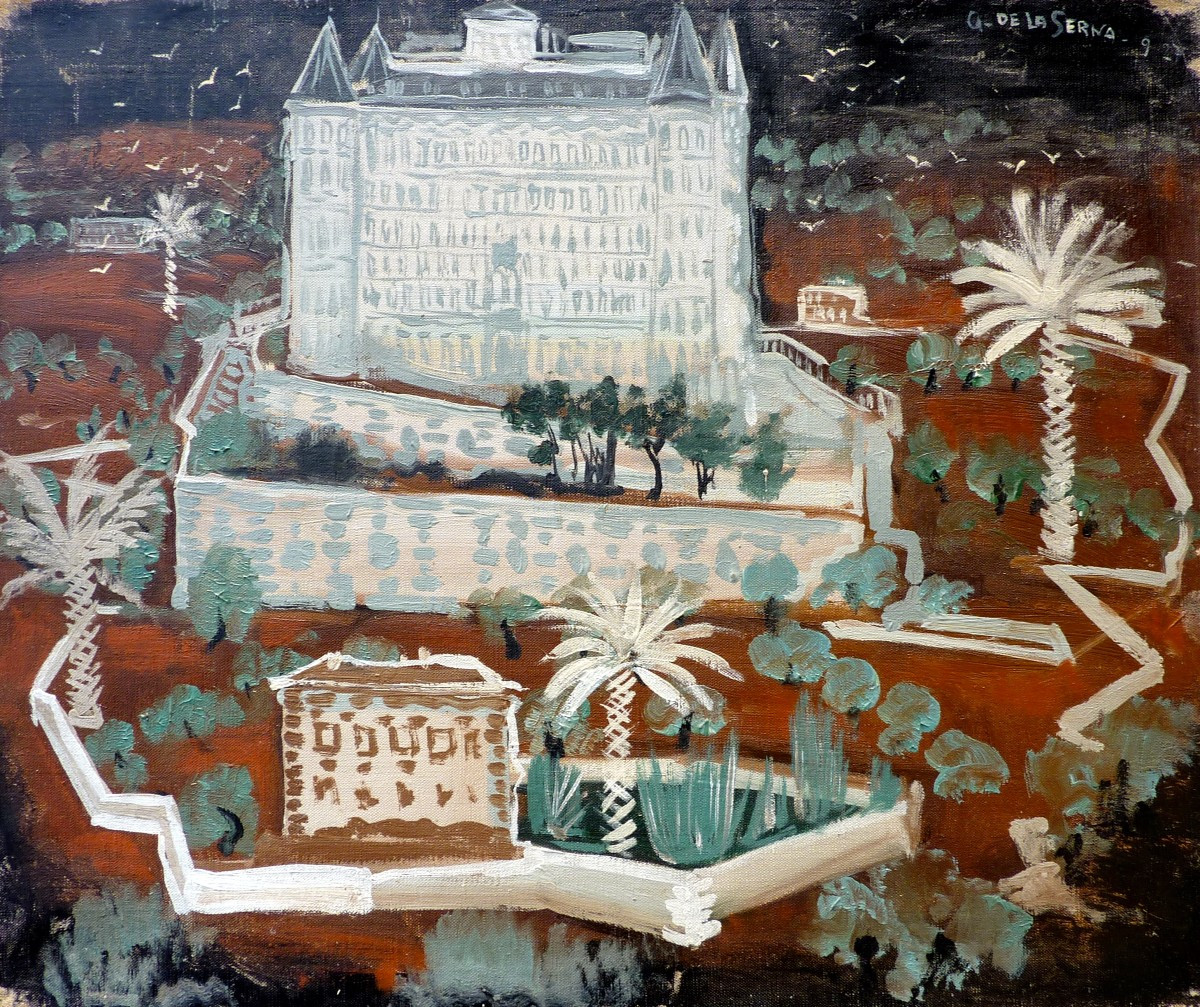
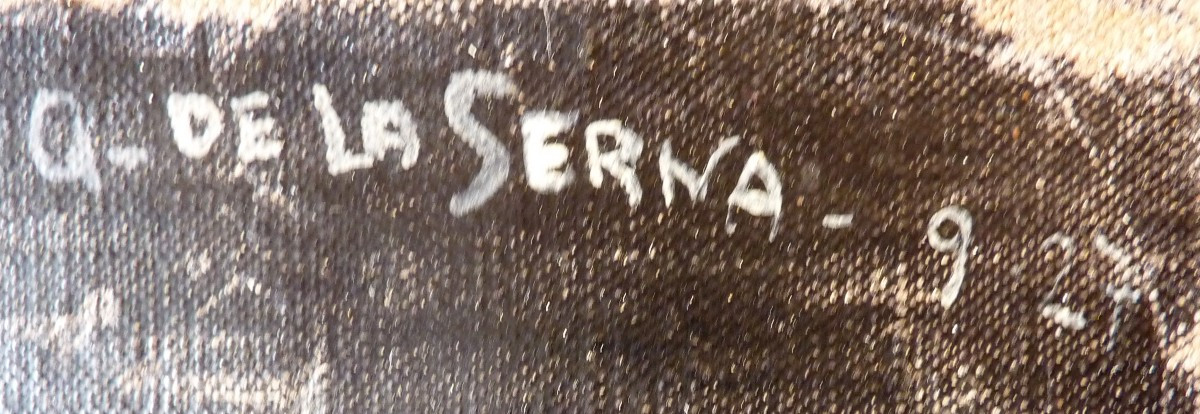
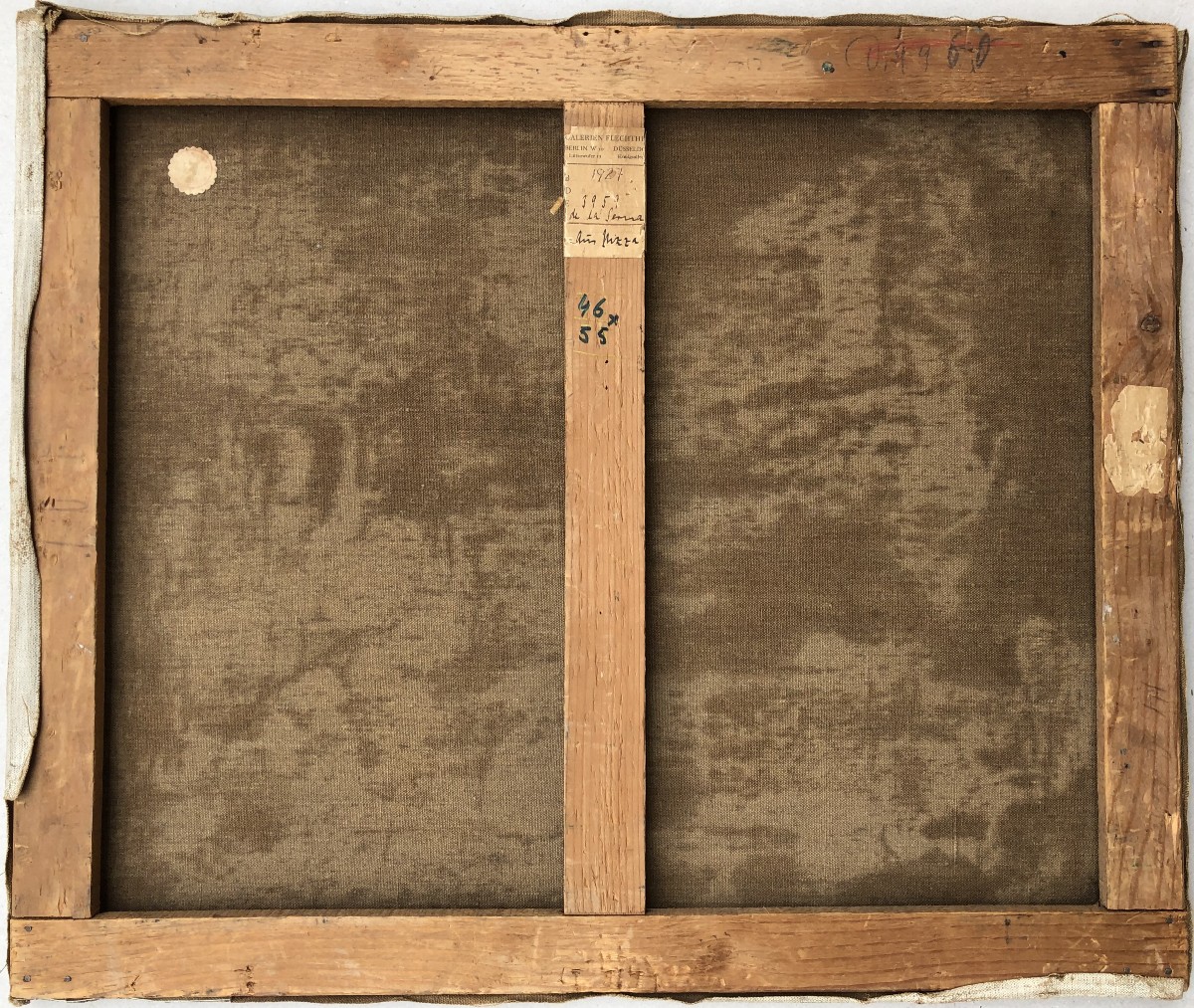
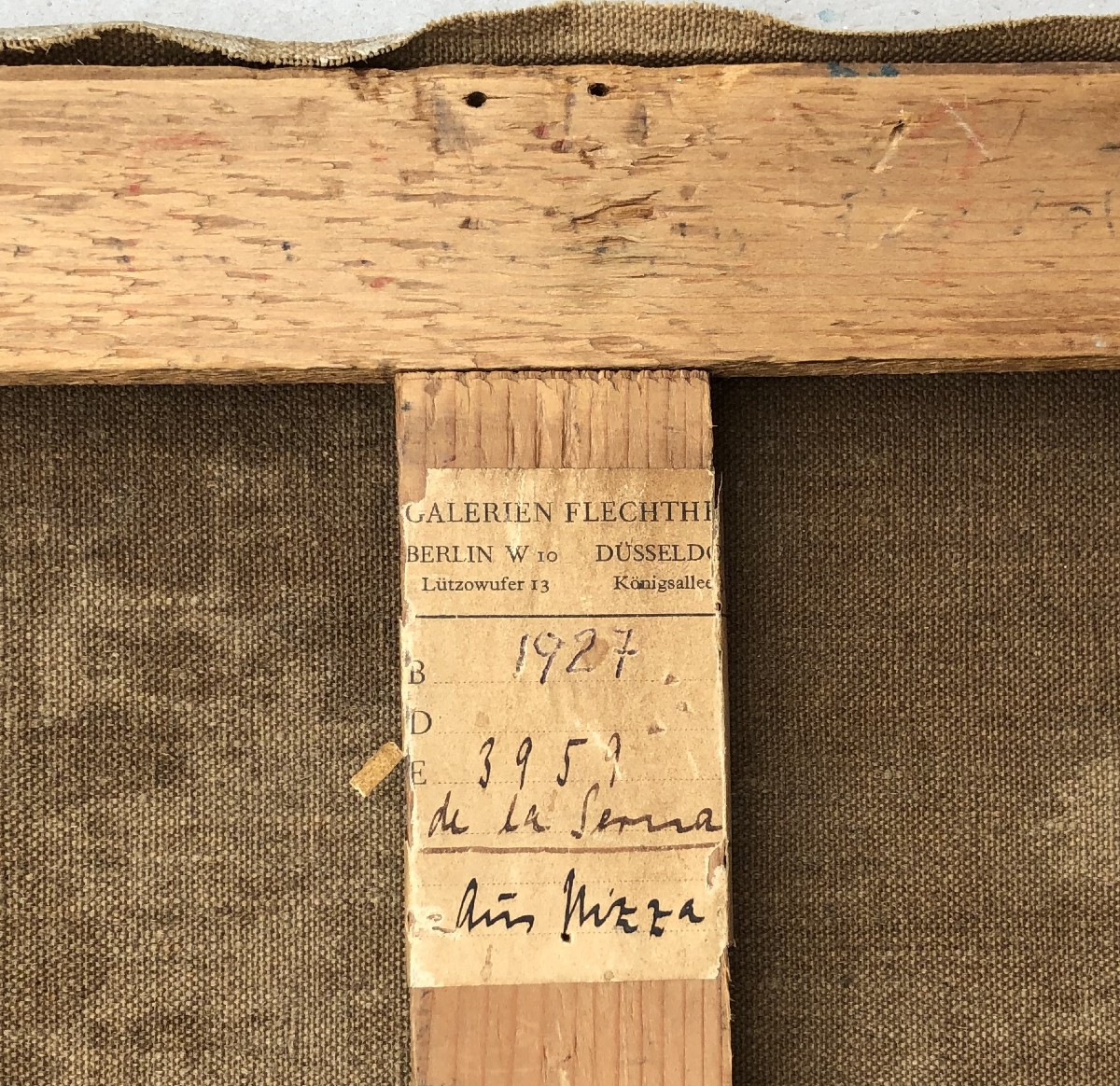





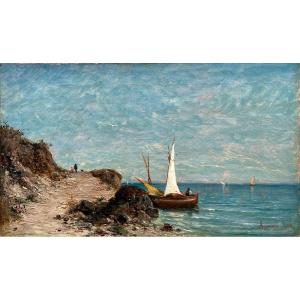
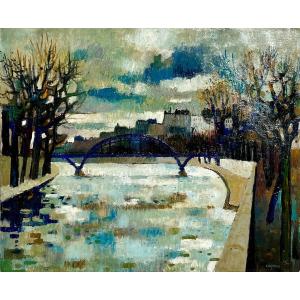

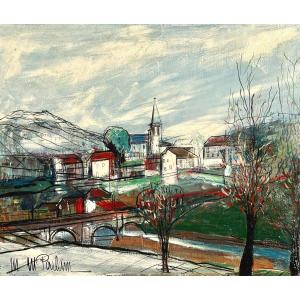
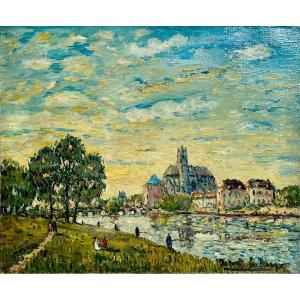


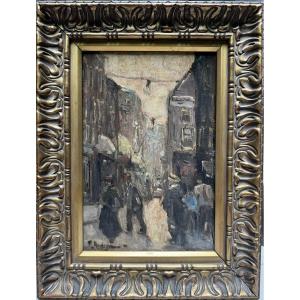
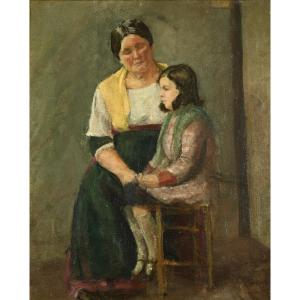






 Le Magazine de PROANTIC
Le Magazine de PROANTIC TRÉSORS Magazine
TRÉSORS Magazine Rivista Artiquariato
Rivista Artiquariato